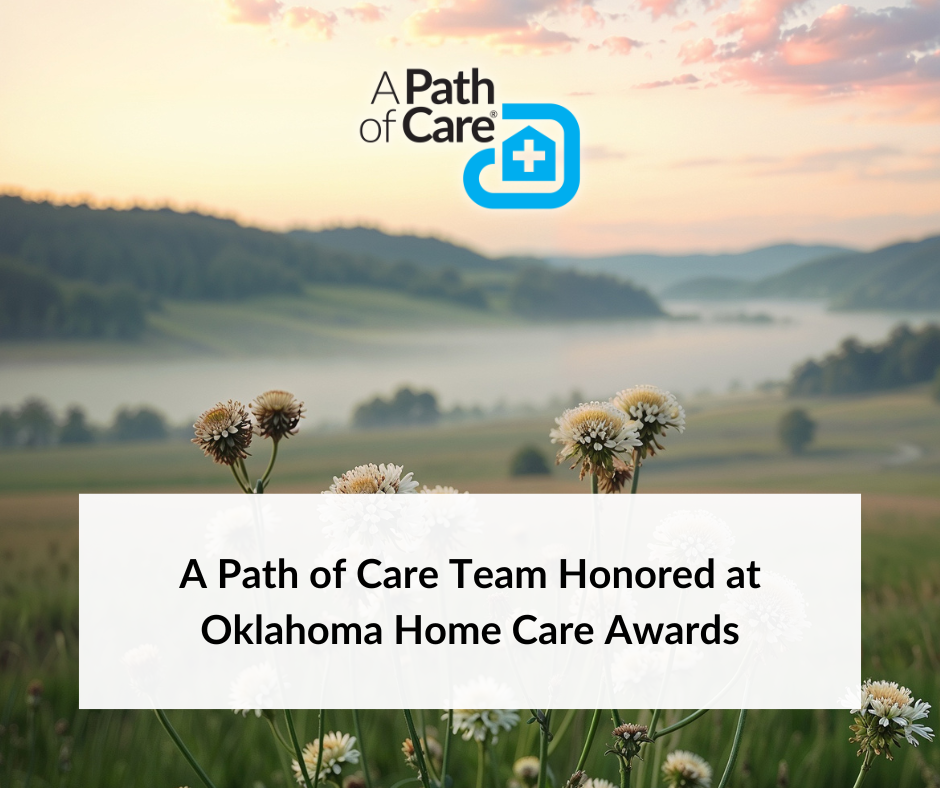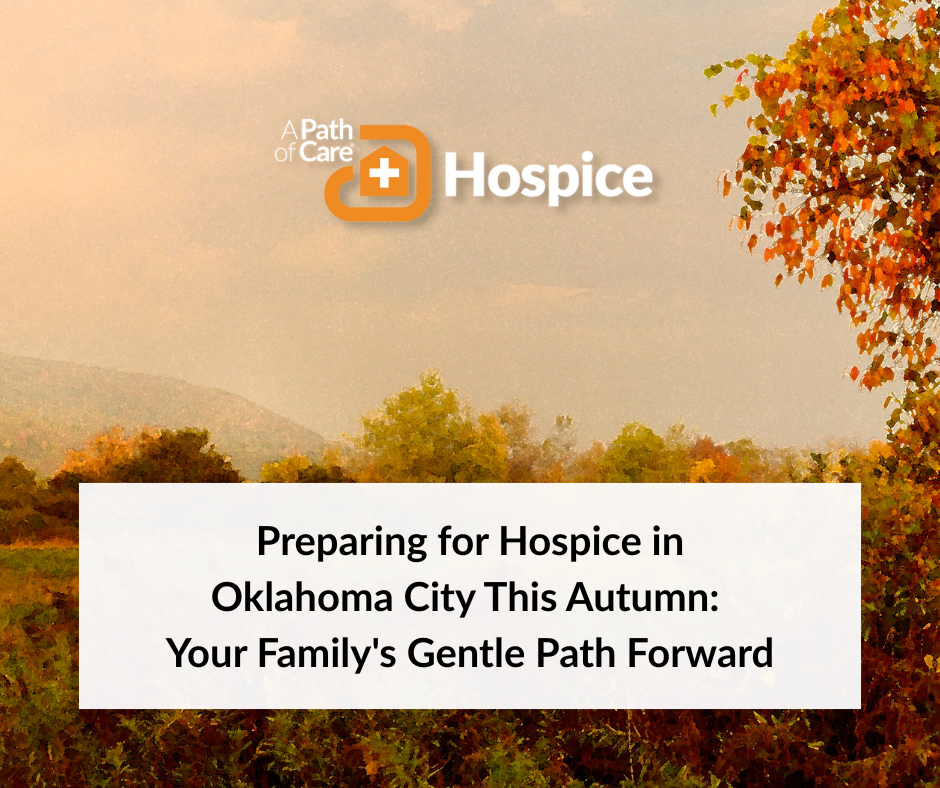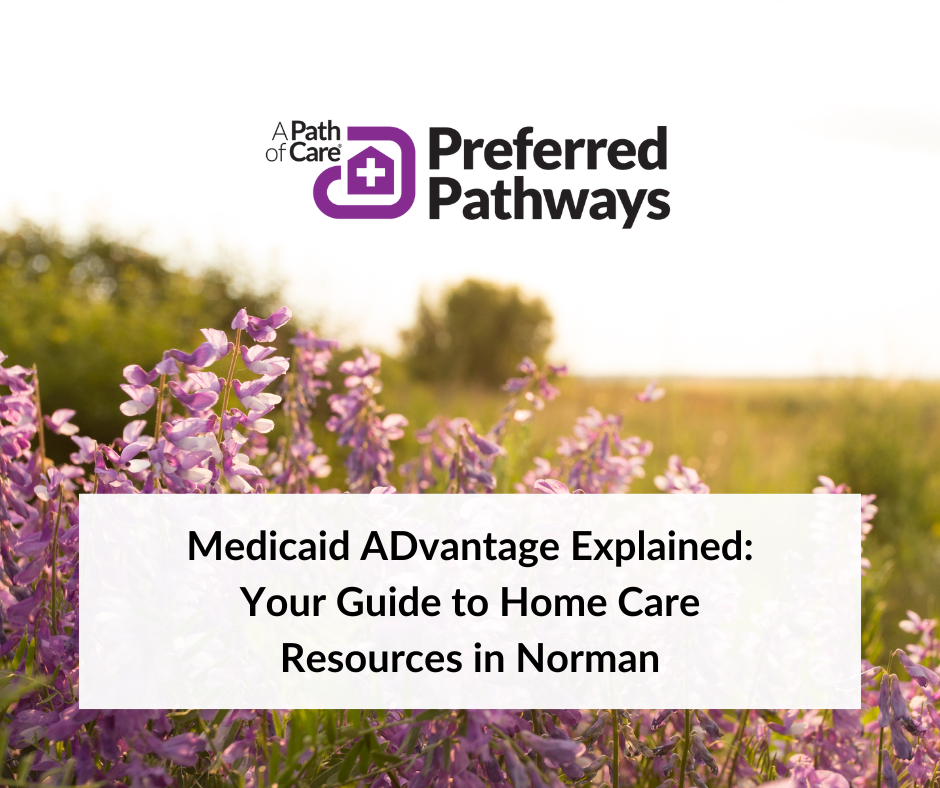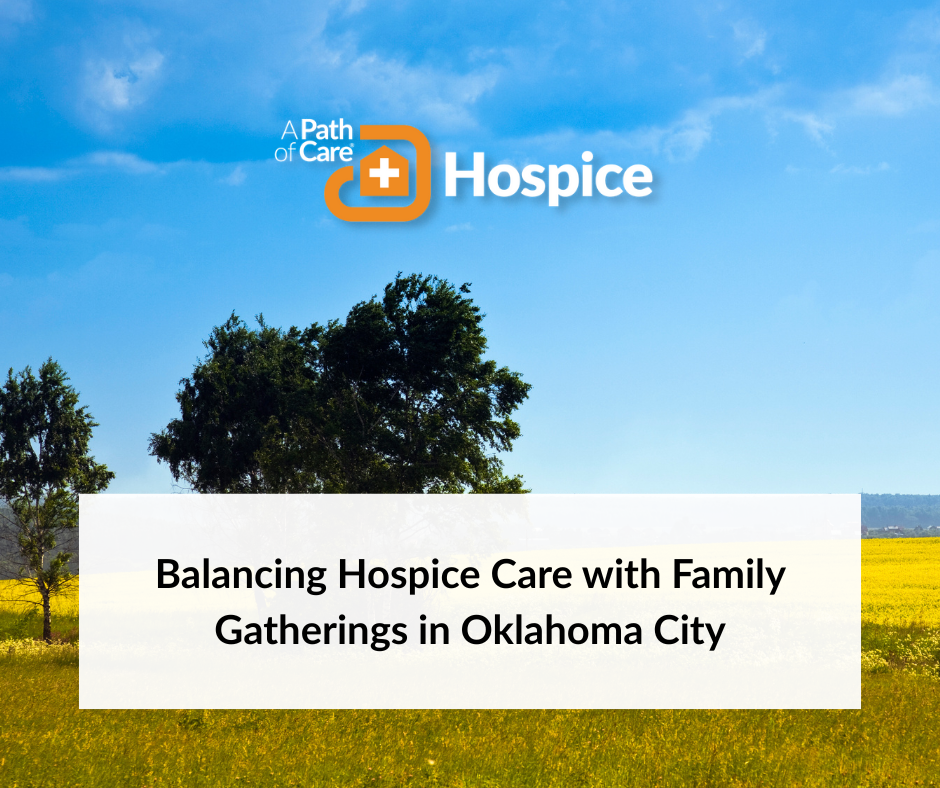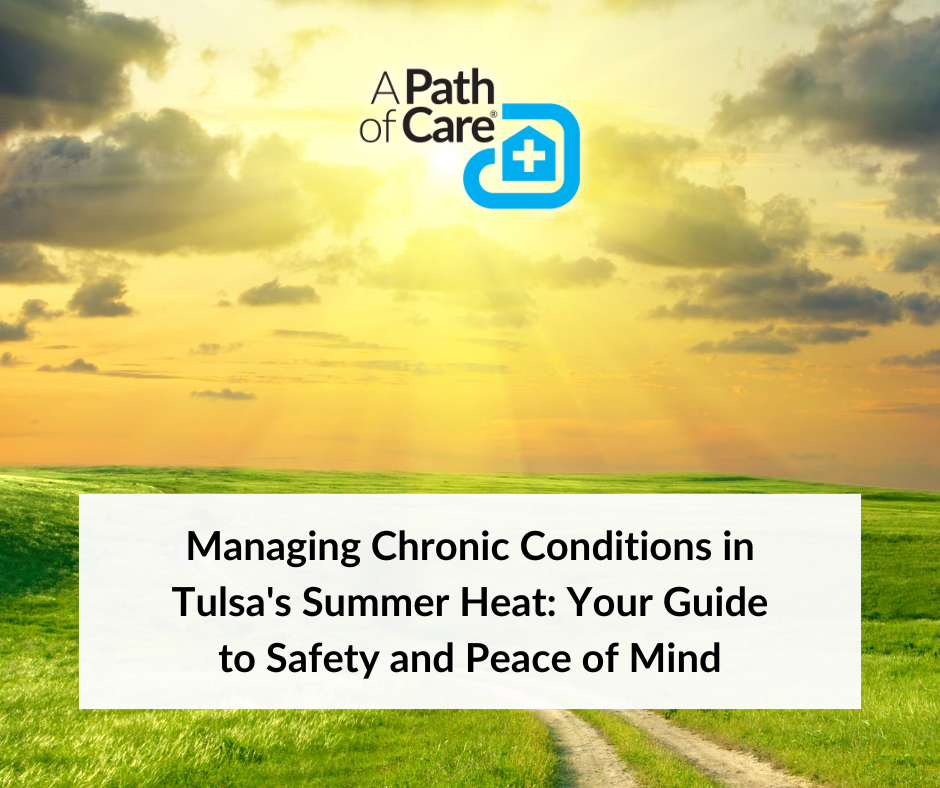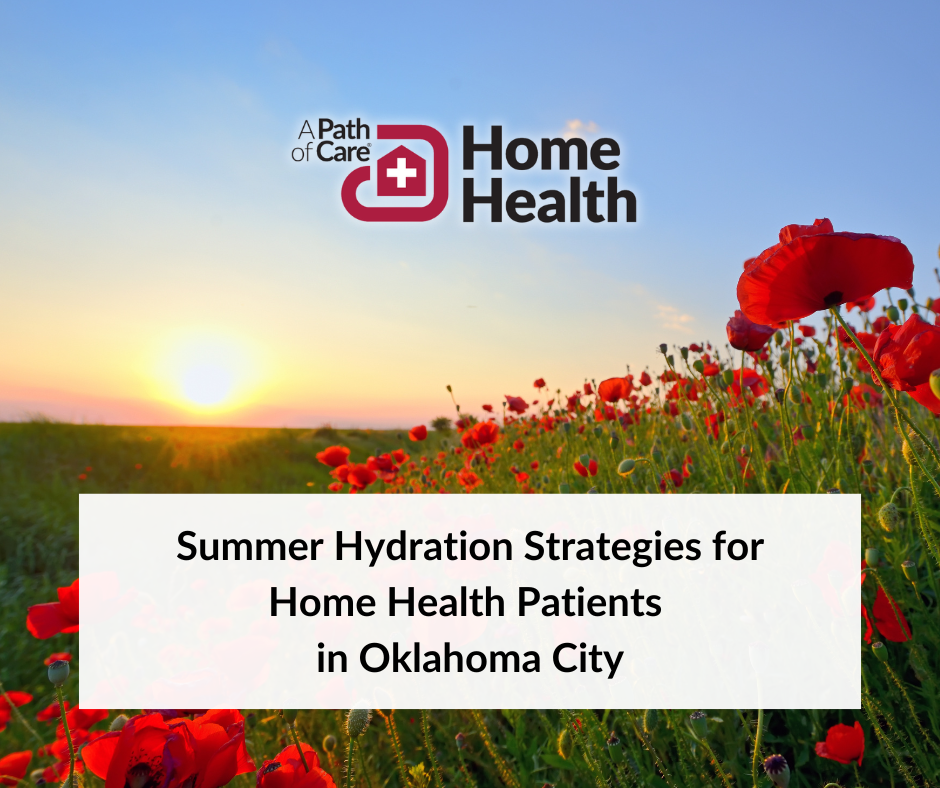How Do You Put a Price on Safety?
Through 2 years of the COVID pandemic, A Path of Care agencies have cared for nearly 400 patients with COVID-19. There were zero documented cases of transmission between patients and employees in that time.
.png)
Read on to find out what A Path of Care is doing to keep patients and our care staff safe and healthy during the pandemic and beyond.
[[cta]]
Keeping Our Staff Safe
“I think that is related to the fact that we take infection control so seriously,” said Stephanie Ruby, RN. “Before we go to the home, we ask questions about whether they’ve been exposed to COVID or have family members in the house who have had symptoms. We wear masks and gloves and clean our equipment.
“We’re taking extra precautions to keep our clinicians and our patients safe,” Ruby said.
CEO Brian Wilson, R.Ph., remembers a situation at the beginning of the pandemic. “The National Guard was in a long-term care facility to spray an antiviral treatment,” he said. “They were concerned about going down the hall where our nurse, in full PPE (Personal Protective Equipment), was on her way to see patients.
“But she took infection control seriously and was able to care for her patients safely… with no virus transmission. This has continued in the weeks and months that followed,” Wilson said. “I’m so proud of our clinical team. They are committed to infection control precautions.”
“When we worked in facilities and long-term care communities, we wore full PPE and followed respiratory precautions from the beginning,” Wilson said. “Our clinicians told me that staff of several agencies and facilities did not wear PPE in the early days. A few actually thought we were exaggerating the need for caution. But this caution was vital in preventing transmissions between employees and patients.”
While some agencies asked employees to furnish their own protective supplies, A Path of Care Network has always provided PPE for employees. They spent countless hours locating PPE to ensure employees had what they needed during the initial COVID-19 related shortage.
“There was just never any time where safety was not the number one concern,” said Kevin Holstein, RN, CMSRN, Regional Clinical Administrator. While there is a cost to keeping a supply of this equipment available, Holstein said, “we don’t believe that you can put a price on someone’s safety.”

This philosophy also applies to the safety of patients with COVID-19.
Caring for All Patients In Need
“We made a decision that we would not discriminate against these patients but would find a way to safely care for them,” Wilson said. That included wearing full PPE and advising patients to use precautions while the clinician provided care. Nurses and therapists taught family members about infection control.
Some patients were initially frightened to allow clinicians in their homes, so the team conducted telephone visits until the patient was comfortable with in-home care. The agencies used their Remote Patient Monitoring system to track vitals and identify potential exacerbations in early stages.
“It is also critical to communicate honestly with employees about reducing risks. Sharing information from reliable sources was vitally important,” Wilson said.
“We began with conference calls three times a week with the leadership from each agency. We discussed the latest information from state and federal authorities, access to Personal Protective Equipment (PPE) and staffing coverage. The agency leaders shared questions or rumors they heard from their employees, and we searched for answers to these concerns.”
Case conferences shifted to video, all staff had intensive refresher training on infection control procedures and written answers to common questions were shared with all employees. The employees were then able to reassure frightened patients.

“We were able to keep our staff informed to allay fears and reduce rumors,” said Caren Croftcheck, RN, Clinical Manager for Sooner Home Health’s Muskogee office. “Regular meetings and factual information also helped me focus on the problems at hand and avoid feeling overwhelmed.”
Protecting Patients and Staff, Then and Now
With the fall and winter months ahead, and new virus variants moving into Oklahoma, what are our agencies doing to protect employees and patients? The same things they have been doing so effectively for months. This includes:
- Wearing Proper PPE – Employees are furnished with Personal Protective Equipment. This could include masks, gloves, gowns, eye protection or shoe covers. It is used in different combinations, depending on the type of care being provided.
- Hand Washing – This is fundamental in preventing the spread of infection. Employees wash and disinfect their hands before entering and after leaving each patient’s home.
- Social Distancing – In the home, we may ask patients to wear a mask while we are providing care. Family members may be asked to go to another room or keep a safe distance.
- Vaccination – The Network strongly encourages vaccination, but does not rely only on vaccination for protection. Employees continue to follow those precautions they used before vaccines were available.
- Information and Communication – There are regular meetings and written materials to keep employees informed about COVID-19 and its variants. This includes updated guidance from federal healthcare resources. It also includes addressing questions and concerns.
“We have proved multiple times over that if the clinicians wear their PPE properly and use precautions, we can provide quality care without risking the health of our clinicians or patients,” Holstein said.

Safely Start Your Career in Home Health
If you’re ready to start your career in home health, then choose an agency that cares for you as effectively as it cares for patients. Visit our careers page to learn about our open positions and join our team.

